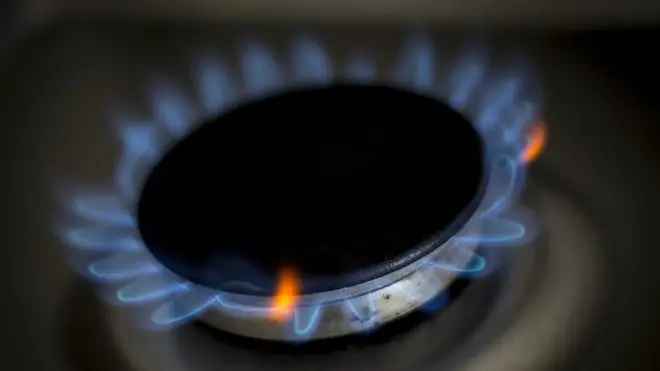
Nick Abbot 10pm - 1am
21 January 2021, 00:04

The UK’s gas grids will invest about £28 billion over the next 11 years.
Some of the UK’s biggest gas networks have set out a plan which they hope will carve out a space for them in an emissions-neutral future.
The companies said they want to be ready by 2023 to make sure up to one fifth of gas pumped into UK homes is hydrogen, which releases only water vapour when it burns.
The plan also includes an ambition to help the UK meet its production target for one gigawatt of hydrogen by 2025, and five gigawatts by 2030.
The Hydrogen Network Plan, which is part of the Energy Networks Association’s Gas Goes Green programme, sets out the plans of the UK’s biggest gas network companies.
Cadent, National Grid, Northern Gas Network, SGN and Wales & West Utilities run the pipelines that deliver gas to 85% of the UK’s homes.
The future has been less certain in recent years for these companies than for their electricity network cousins.
With their ability to deliver clean power from wind turbines or solar panels, and demand for electric cars soaring, the electricity grids have been seen as part of the solution.
But gas grids instead face questions over their futures, with the fossil fuels that they pump to homes being seen as the problem, rather than the solution.
The Government has, for instance, banned gas boilers in all new homes built after 2025 as it aims to ensure the UK is “net zero” by 2050.
Proponents of the gas networks, however, argue that a pivot to clean-burning hydrogen could utilise the country’s already extensive gas delivery grid, saving major investment in the electricity grid to meet new demand.
In his recent 10-point green plan, the Prime Minister recognised that hydrogen could play a role in the future.
The plans by the companies and the Energy Networks Association entail ensuring that hydrogen can be safely delivered to homes. This involves testing hydrogen-enabled boilers, heaters and cookers.
By 2032 the companies plan to have invested around £28 billion in replacing old iron gas mains with hydrogen-ready pipes. It is the final third of a decades-long investment to make the gas network safer, which it now turns out also makes them ready to handle hydrogen.
The companies also want to ensure their networks have the capacity to meet demand for hydrogen.
“Building the UK’s first hydrogen town is not just about replacing the natural gas that most of our homes rely upon today; it’s about reducing our carbon emissions in a safe and secure way,” said Chris Train, from the ENA’s Gas Goes Green project.
“It’s about delivering meaningful choice for households, businesses and communities. And it’s about ensuring that the economic benefits of hydrogen are spread around the country, to take advantage of the breadth and scale of that transformation.”
Critics of hydrogen point to the fact that while it burns clean, most hydrogen is currently produced using fossil fuels, which means it cannot be emissions-free without highly efficient carbon capture technology.
However, electrolysis, a method of producing hydrogen from water, by splitting a water molecule into its component parts, could produce totally green hydrogen in future. This process is however currently very expensive.